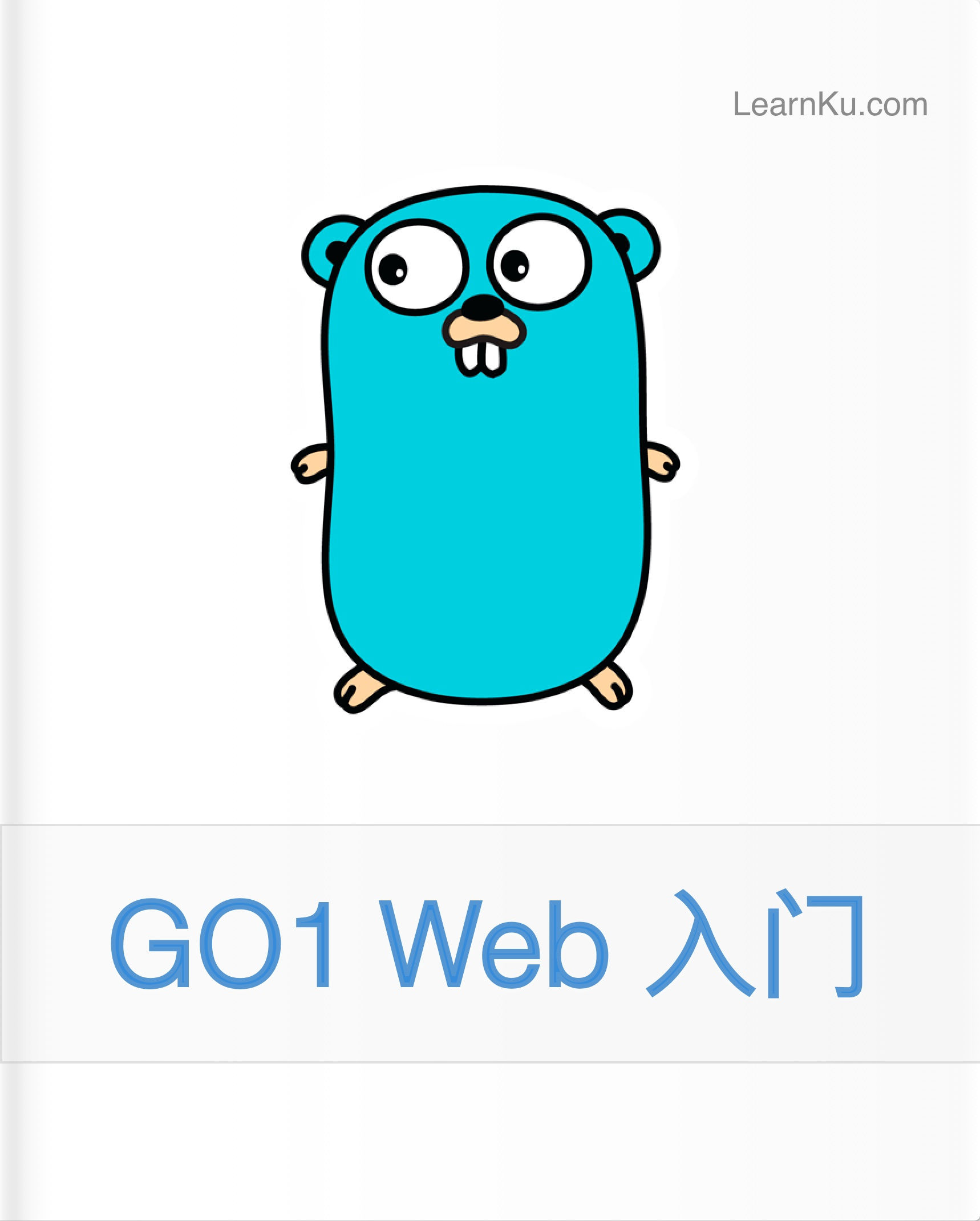3.1. Vue 和 Vite
这是一篇协同翻译的文章,你可以点击『我来翻译』按钮来参与翻译。
翻译时请参照官方英文原版文档。
Server Side Rendering (SSR)
If you are using Nuxt.js, you need to read these instructions instead.
Creating stores with Pinia should work out of the box for SSR as long as you call your useStore() functions at the top of setup functions, getters and actions:
export default defineComponent({
setup() {
// this works because pinia knows what application is running inside of
// `setup()`
const main = useMainStore()
return { main }
},
})Using the store outside of setup()
If you need to use the store somewhere else, you need to pass the pinia instance that was passed to the app to the useStore() function call:
const pinia = createPinia()
const app = createApp(App)
app.use(router)
app.use(pinia)
router.beforeEach((to) => {
// ✅ This will work make sure the correct store is used for the
// current running app
const main = useMainStore(pinia)
if (to.meta.requiresAuth && !main.isLoggedIn) return '/login'
})Pinia conveniently adds itself as $pinia to your app so you can use it in functions like serverPrefetch():
export default {
serverPrefetch() {
const store = useStore(this.$pinia)
},
}State hydration
To hydrate the initial state, you need to make sure the rootState is included somewhere in the HTML for Pinia to pick it up later on. Depending on what you are using for SSR, you should escape the state for security reasons. We recommend using @nuxt/devalue which is the one used by Nuxt.js:
import devalue from '@nuxt/devalue'
import { createPinia } from 'pinia'
// retrieve the rootState server side
const pinia = createPinia()
const app = createApp(App)
app.use(router)
app.use(pinia)
// after rendering the page, the root state is built and can be read directly
// on `pinia.state.value`.
// serialize, escape (VERY important if the content of the state can be changed
// by the user, which is almost always the case), and place it somewhere on
// the page, for example, as a global variable.
devalue(pinia.state.value)Depending on what you are using for SSR, you will set an initial state variable that will be serialized in the HTML. You should also protect yourself from XSS attacks. For example, with vite-ssr you can use the transformState option and @nuxt/devalue:
import devalue from '@nuxt/devalue'
export default viteSSR(
App,
{
routes,
transformState(state) {
return import.meta.env.SSR ? devalue(state) : state
},
},
({ initialState }) => {
// ...
if (import.meta.env.SSR) {
// this will be stringified and set to window.__INITIAL_STATE__
initialState.pinia = pinia.state.value
} else {
// on the client side, we restore the state
pinia.state.value = initialState.pinia
}
}
)You can use other alternatives to @nuxt/devalue depending on what you need, e.g. if you can serialize and parse your state with JSON.stringify()/JSON.parse(), you could improve your performance by a lot.
Adapt this strategy to your environment. Make sure to hydrate pinia's state before calling any useStore() function on client side. For example, if we serialize the state into a <script> tag to make it accessible globally on client side through window.__pinia, we can write this:
const pinia = createPinia()
const app = createApp(App)
app.use(pinia)
// must be set by the user
if (isClient) {
pinia.state.value = JSON.parse(window.__pinia)
}本文中的所有译文仅用于学习和交流目的,转载请务必注明文章译者、出处、和本文链接
我们的翻译工作遵照 CC 协议,如果我们的工作有侵犯到您的权益,请及时联系我们。

 Pinia 中文文档
Pinia 中文文档



 关于 LearnKu
关于 LearnKu




推荐文章: